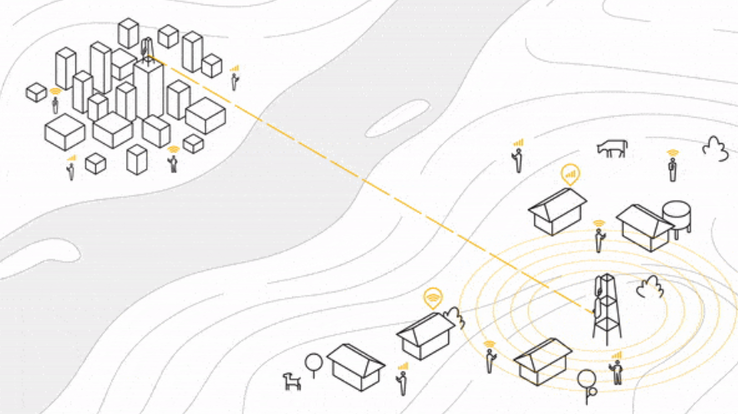The areas with good Internet speeds are constantly expanding year after year, but most focal points are still limited to big cities and their surroundings, leaving rural or underdeveloped zones essentially cut off from opportunities for economic growth. Now that the pandemic has the entire world in lockdown, the need for faster and cheaper connections for remote workers is even more pregnant, not to mention that, according to GSMA, 4 billion people still remain “off the grid.” Google is known among other things to come up with ingenious ways of connecting areas where there is little to no dedicated infrastructure. We have seen many more satellites deployed, even special balloons for the more inaccessible areas, and now Google is introducing Project Taara that aims to establish broadband connections with the aid of invisible light beams.
Project Taara and partners such as Econet and Liquid Telecom are now making an effort to provide high-speed Internet connections for Sub-Saharan Africa. The first country to benefit from Project Taara will be Kenya, with its areas where deploying fiber optic infrastructures could prove too costly or even dangerous, like over rivers, across national parks, or militarized post-conflict zones.
The new system employed by Project Taara makes use of very narrow, invisible light beams to send and receive data at 20 Gbps+ speeds over distances of up to 20 Km. For the signal to be as clear as possible, the emitter/receiver units need to be placed on high-enough towers or rooftop buildings. Existing cell towers could also help with the needed height, and the 20 Gbps signal could then be split via WiFi to connect thousands of remote households.
Even though the exact implementation costs are not revealed, Project Taara is most likely going to provide cost-effective and quick deployment for similar African areas and maybe even other zones across the world in the near future.












